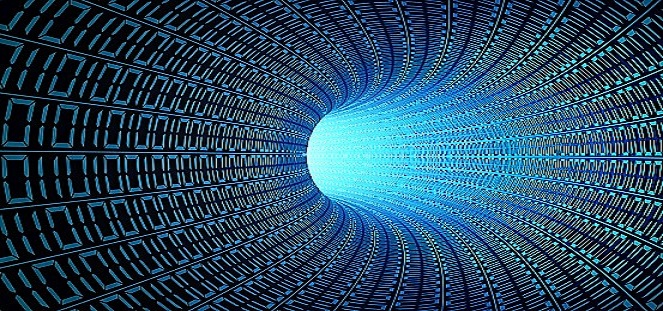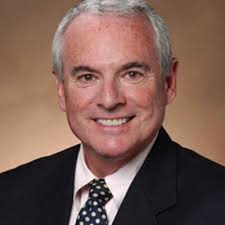Information Explosion Makes Data Tracking in Healthcare Essential
Data tracking has become increasingly important with the explosion of information in the healthcare environment.

Source: Getty Images
- Data tracking has become increasingly important with the explosion of information in the healthcare environment.
The benefits of tracking data are synchronizing large data sets generated by devices, accurately timing electronic data transfers, improving artificial intelligence algorithms, and tracking medical supply chains, explained Arlen Meyers, MD, president and CEO of the Society of Physician Entrepreneurs.
The best way to track data is through accurate time stamping, said Meyers, who is also professor emeritus of otolaryngology, dentistry, and engineering at the University of Colorado School of Medicine and the Colorado School of Public Health.
Time stamping uses an electronic stamp to provide a temporal order among a set of events.
“Every time an electronic event occurs on a computer, every time there is a packet of information that is exchanged, it's a time event. So, a time stamp says, here's when this electronic event occurred,” Meyers told HITInfrastructure.com.
READ MORE: ONC: Hospitals Provide Health Data Access, But Many Don’t Use It
“The time stamp can be gross, or it can be very fine and granular. In other words, you could have a time stamp that says, we're going to measure things that happened today, this hour, or within milliseconds or nanoseconds. So, it just depends on how granular you want to get and the significance of granularity,” Meyers said.

So how does this relate to IT? Meyers explained that time stamping enables organizations to track electronic events in smaller and smaller increments.
This can be particularly useful for stock trading.
“You have billions and billions of trades every single day and thousands of trades going on within nanoseconds or milliseconds. Given computerized trading, the basic idea is for one machine to beat another machine. If you can arbitrage or exchange within a fraction of a second, you can essentially beat the machine,” Meyers said.
In terms of healthcare, time stamping helps with coordinating data from many medical devices.
READ MORE: Data Proliferation Fuels Need for Healthcare Interoperability
“Let’s say you're monitoring in a data dense environment, for example, in a pediatric cardiac intensive care unit. There you have very sick, small children, many different monitors, tens of thousands of data points being generated every minute. How do you coordinate and synchronize all that information to inform decisions? Well, if the time stamps are off, you think one data element is coming in at a certain time when in fact it really isn't. It could be a second later, it could be 50 milliseconds later, but in some cases, it might make a difference,” Meyers said.
Time Stamping Can Help with Healthcare Artificial Intelligence
Another application for time stamping in healthcare is in the area of artificial intelligence. There are different kinds of artificial intelligence, such as neural networks or machine learning, but the fundamental idea is that AI algorithms are better if they are informed by data that is synchronous, Meyers said.
“The holy grail of artificial intelligence is good data. If you can get information or data that is properly time synced and sequenced, then it informs more accurate algorithms, whether they're descriptive, prescriptive, or predictive. In healthcare, there's a lot of activity around predictive analytics. Given enough data, we can predict a medical outcome,” he said.
Synchronizing smart devices is another time stamp application. “You could have health data come from a Fitbit, you could have health data that's coming from a smart house, you could have health data that's coming from a smart car,” he said.
“Essentially everything these days is smart. For example, your phone can tell you where you are, how much activity you’ve done, how many steps you've taken. There's just an enormous amount of health data that is generated by an individual every day. Most of that data collection does not happen in a hospital or a traditional healthcare delivery location, and most of the information is unstructured,” Meyers noted.
“It is virtually impossible for any one person to understand and aggregate all of the health information that is created by you today. You have to be able to aggregate, understand, and translate that information and give it to somebody who can do something with it, such as a doctor. That's example of where data stamping can help with synchronization,” he said.
Another example is biomedical manufacturing. He explained that in the supply chain of a drug or medical device, every step must be tracked to meet the quality standards of the Food and Drug Administration or some othe regulatory agency. So, time stamping can help with regulatory tracking.
“The whole area of digital health will be impacted by time stamping and synchronization. More and more, companies are jumping into this space and trying to do it better, faster, cheaper, and smarter and making it available to the average computer user. It's emerging market,” Meyers concluded.
